The acting is an undeniable positive in this film. DiCaprio gets to show a more vulnerable side as a fading star who can only get jobs as villains on T.V. shows. While he is not as despicable as Jordan Belford in The Wolf of Wall Street (Martin Scorsese, 2013) or Calvin Candie in Django Unchained (Quentin Tarantino, 2012), he isn’t particularly noble either. Dalton is shown with a stutter and is mainly interested in maintaining his career and lifestyle. It also showcases his versatility in the many T.V. shows and films he appears in throughout the film. This appears to be Tarantino gripping with his own place in Hollywood: still a known entity but due to his own idiosyncrasies and the changing prospects of new trends and tastes contradicting what he has always known. Pitt also gives an excellent performance, oozing charisma and a hint of danger. The film sings whenever Pitt and DiCaprio work off each other, showcasing one of the best movie friendships of the year. Robbie also excels, giving life to an icon taken too early. Despite not having as much dialogue as Decaprio and Pitt, she still brings a presence and exuberance that makes her real, particularly when she goes to a theatre and watches The Wrecking Crew (Phil Karlson, 1969), a movie the real Sharon Tate starred in.
This breathing room creates a very different atmosphere than Tarantino’s other films, creating a more intimate, low stakes film. It’s not an epic like Django Unchained or as claustrophobic as The Hateful 8 (2015). This provides a more contemplative and introspective atmosphere. It’s also Tarantino’s most metacinematic film since Inglourious Basterds (2009), incorporating film within film and T.V. within a film, showcasing movies and T.V. shows from the period both fictional and real. This allows for Tarantino to lovingly recreate the aesthetics of old Hollywood production in a sendup to late 60s Hollywood, like something larger than life when the streets of Hollywood turn on at night. He also doesn’t partake in non linear storytelling, taking a more conventional linear approach, jumping between Cliff, Rick, and Sharon’s stories as they concurrently happen.
The ending of the film is the biggest hurdle Tarantino must overcome. Much like Inglourious Basterds, it involves alternate history. While most of the story has been an intertwining mix of real Hollywood history and fictional characters (Rick and Cliff), use of voiceover from Kurt Russell later contrasted by Tarantino’s more stylized elements (particularly when it comes to shooting violence) creates a context for the ending that cements it as fiction. What happened in the movie may not be what happened in real life, but in film, that need not be the case.
Once Upon a Time in... Hollywood is a loving send up to film that was during a time of major industrial change in Hollywood. The performances are masterful and Tarantino’s direction and script remain compelling, despite being more laid back. It’s unlike the rest of Tarantino’s impressive filmography while still being a Tarantino film. While it may be an investment with its length, it creates a breathable experience that puts you in a time and place, letting you breathe in the time period of late 1960s Hollywood. Despite making films atypical to the zeitgeist, Tarantino delivers a movie unlike any he’s made before while remaining his own unique voice in films.

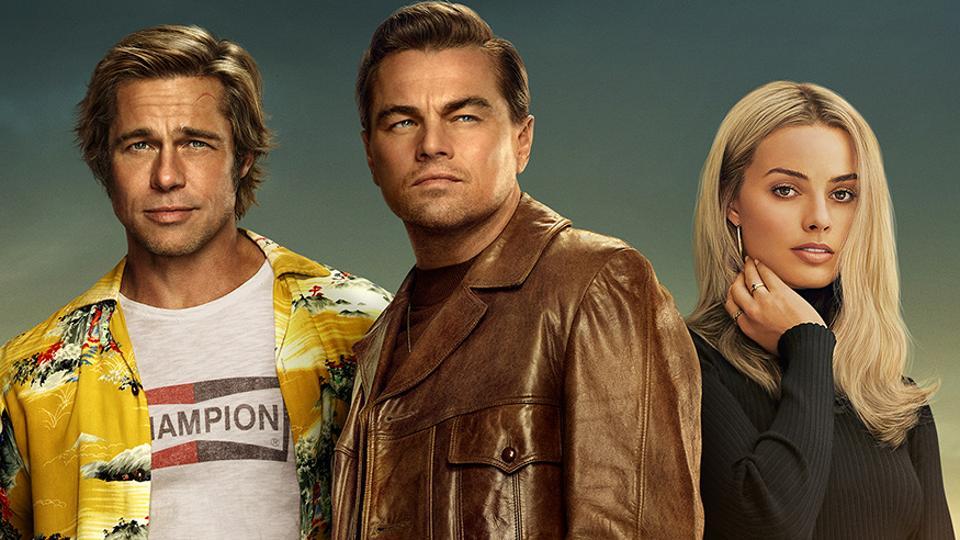
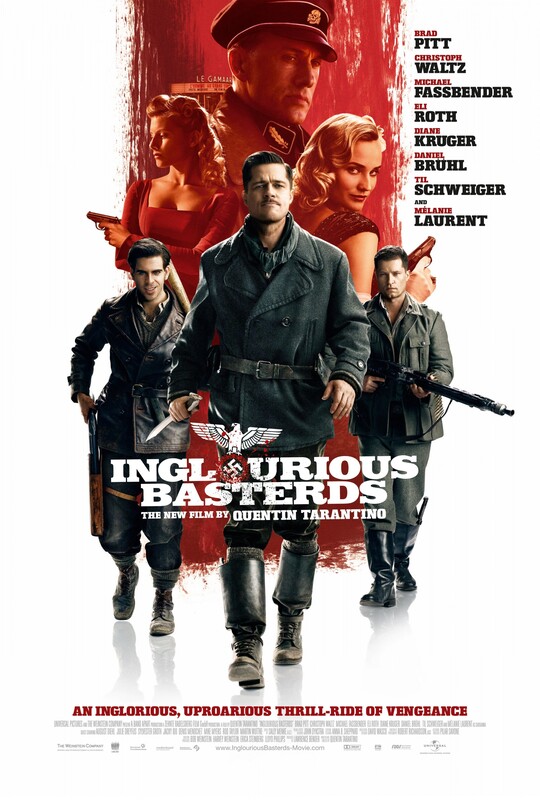
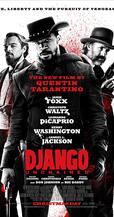
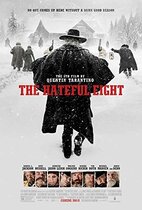
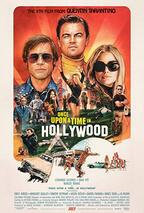
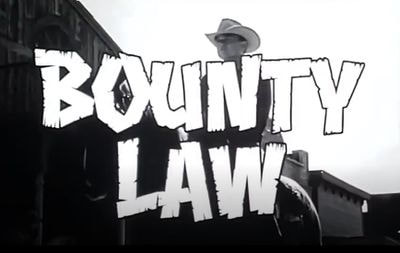
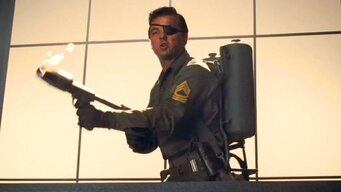
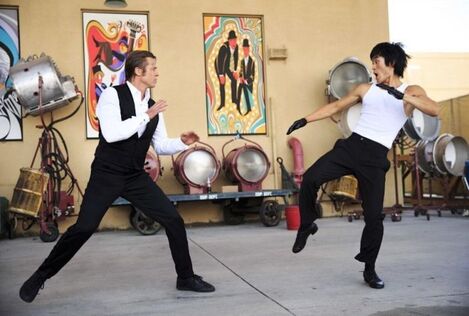
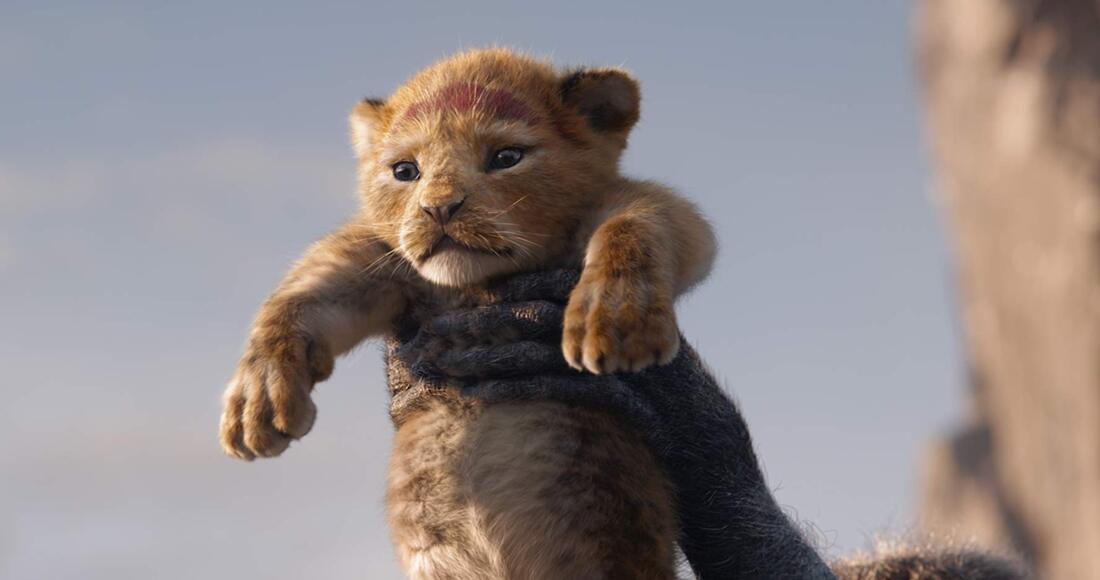

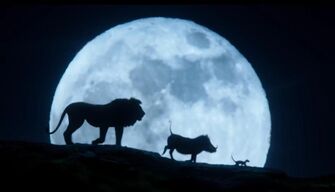
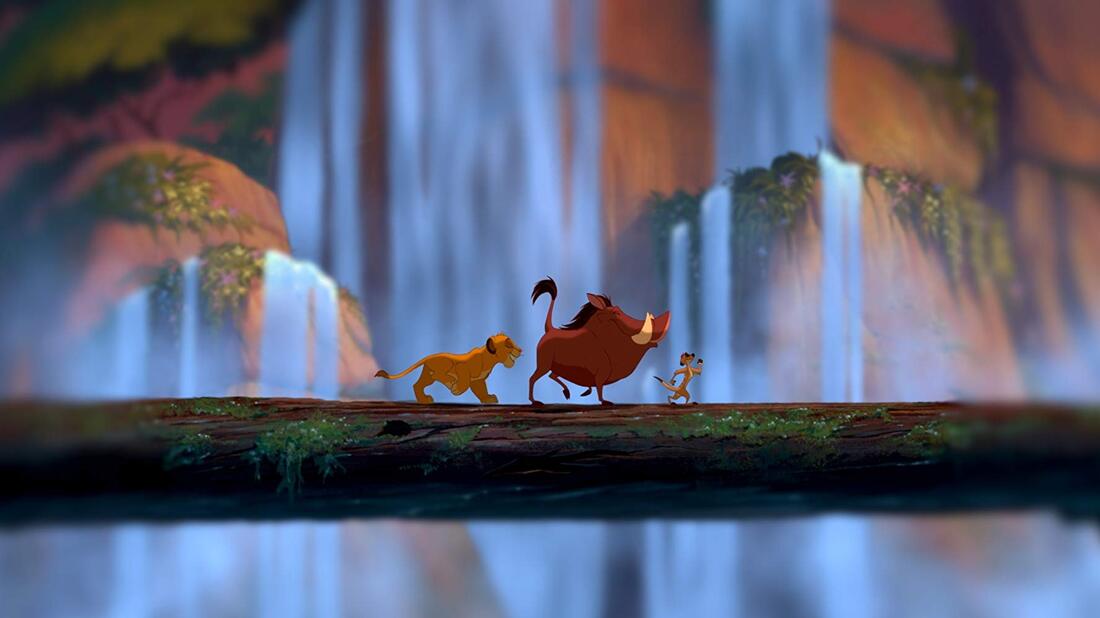
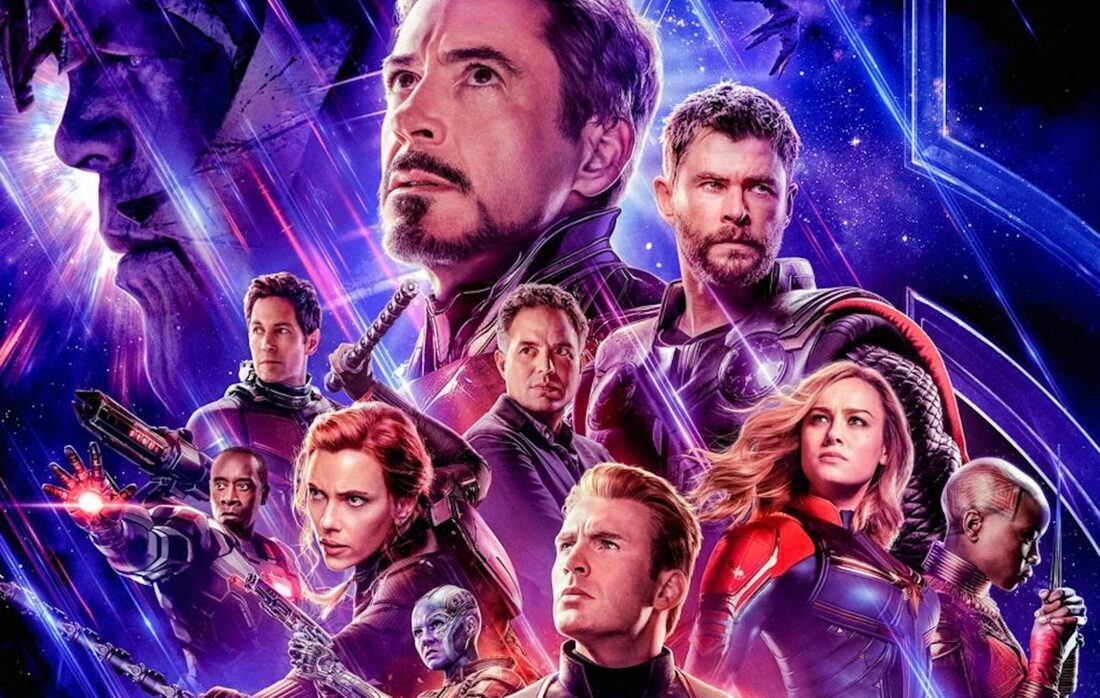
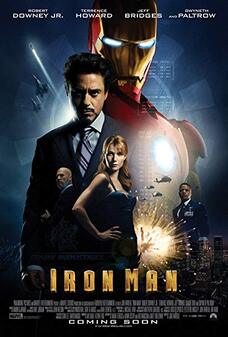
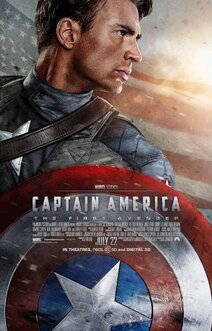
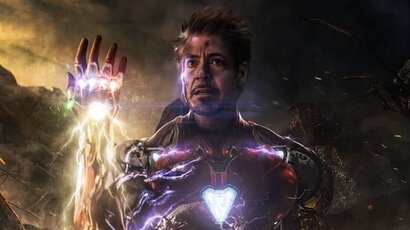
 RSS Feed
RSS Feed
